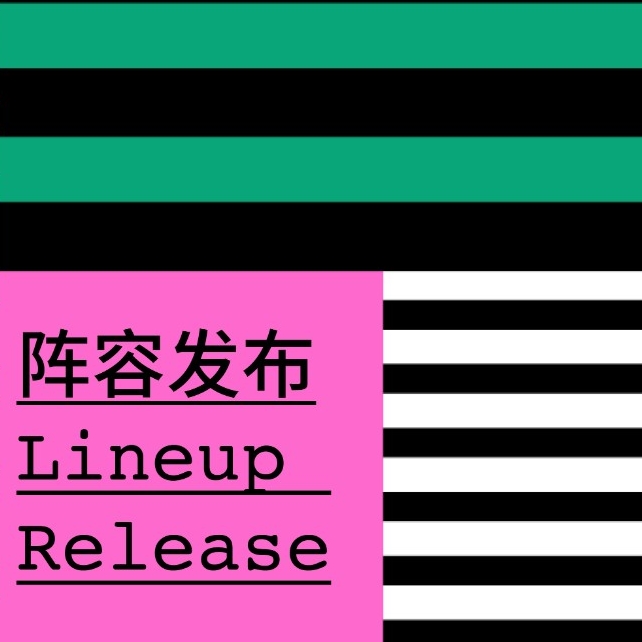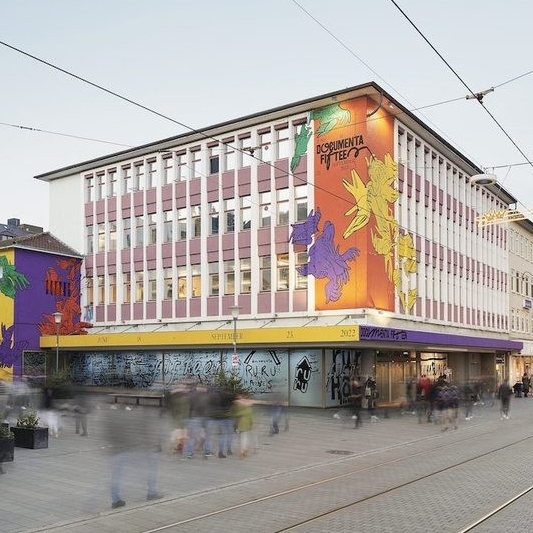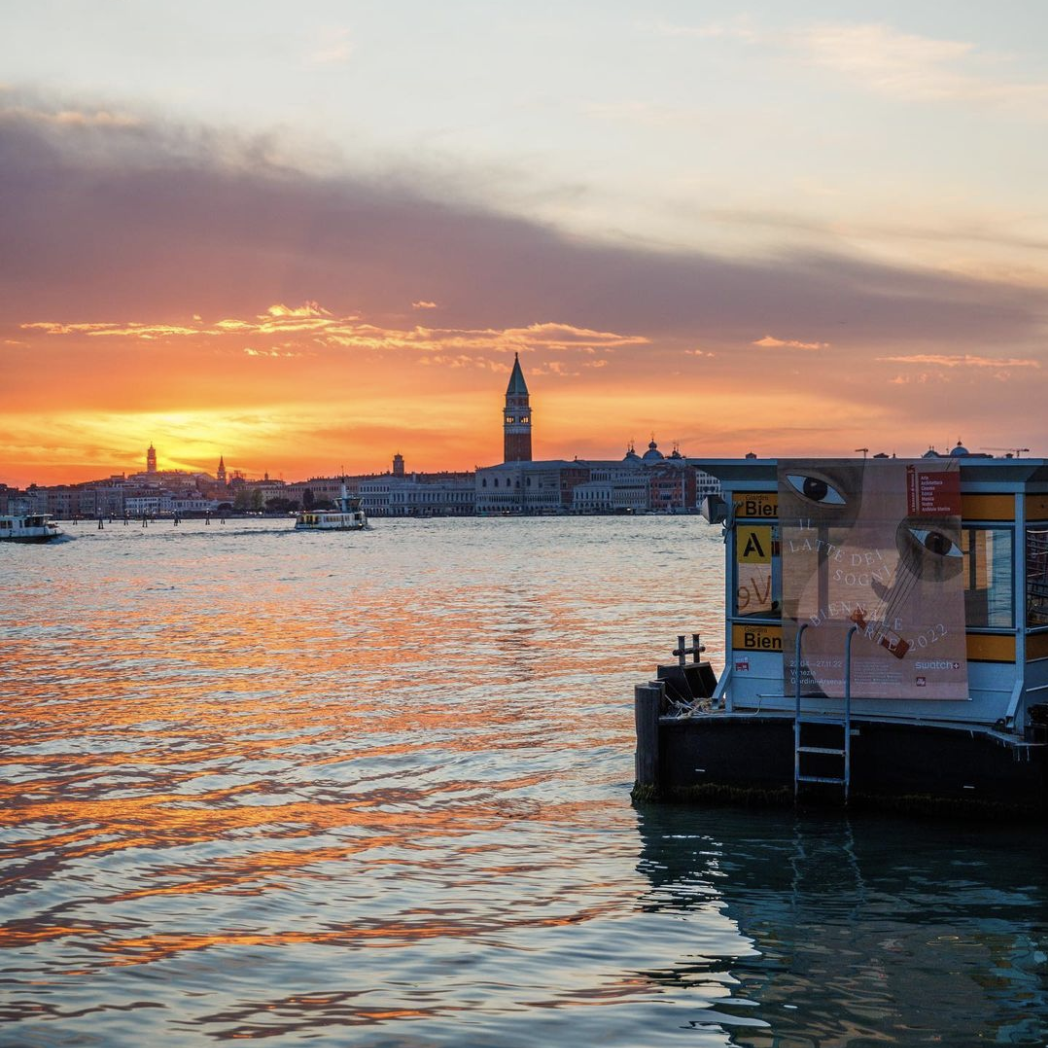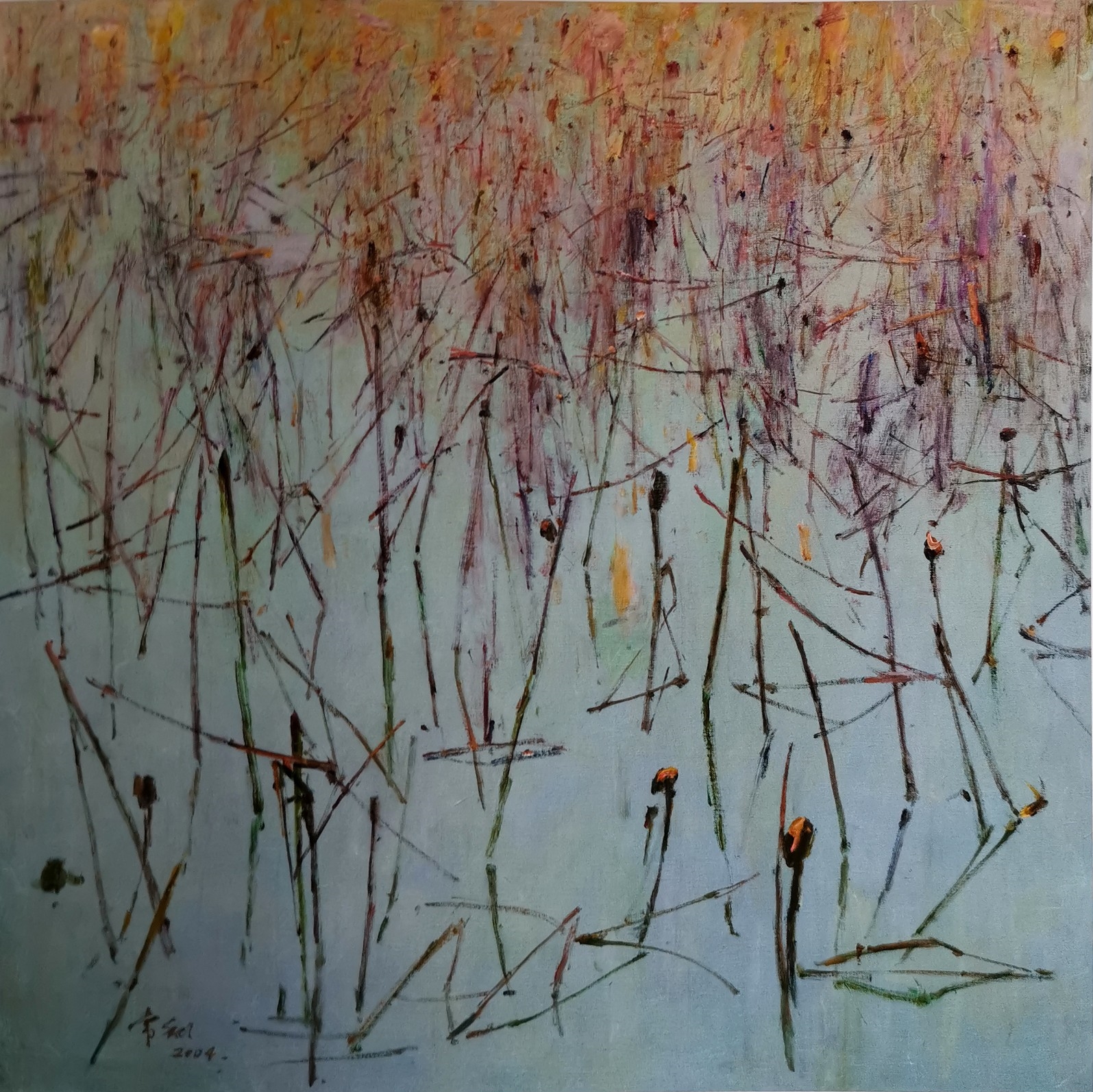
The Long Museum announces Wang Yuyang: Tonight I shall mediate on that which I am, a major exhibition of sculptures, installations, paintings and performances by the artist, organized by New York based curator Zhang Ga. Spanning three floors and occupying over 3500 square meters of the gallery space, this exhibition is Wang's largest solo exhibition to date by the Long Museum and marks the third edition of the Director’s Invitation Exhibition Series.
As a part of the exhibition, a monograph on Wang Yuyang’s work will be published by Flash Art International in the spring of 2016. Edited by Zhang Ga, the book will include some essays by Bao Dong, David Joselit, Pamela M. Lee, Kevin McGary, Robin Peckham, and Zhang Ga with an interview by Helena Kontova.
Curator’s Statement
Heterogeneously profuse and cognitively amorphous, Wang Yuyang’s work eschews the familiar stock of artistic tools, eliciting questions about authorship foreign to the human subject, creativity in favor of another order of ingenuity, and conceptual heresies that collapse the conventions of criticism. His mode of conception and production may be characterized as a form of non-standard art, akin to François Laruelle’sradical estrangement from philosophical traditions in the name of non-philosophy. Set against the backdrop of the intractable feud between humanists claiming the moral high-ground of the Enlightenment and posthumanists desiring for a "parliament of things"(Bruno Latour), Wang Yuyang’s work immediately enters into an ethical contention through an aesthetic rupture that demands a new appellation for art and its pedagogical renewal. It also becomes a prism refracting the current cultural spectrum outside of the cliche of contemporary art largely framed by the rhetoric of poststructuralism.
The exhibition title, eponymous with his 2009 work (a colossal wreckage which, according to the artist, was presumably evidence of the Apollo 11 Lunar Module disintegrating upon landing or during the voyage home), is borrowed from Henry Miller. It alludes to futurity seeing its twilight in the smoldering ruins, a futurity conceived in the imbrication of the "that” in “I" and the "I” in “that." “That which I am” conjugates the subject and the object, conflating the inanimate and the soulful and suggesting an emerging relationship between things and humans, which foreshadows much of the artist’s recent work, providing a conceptual clue to understanding his magnificently uncanny creations.
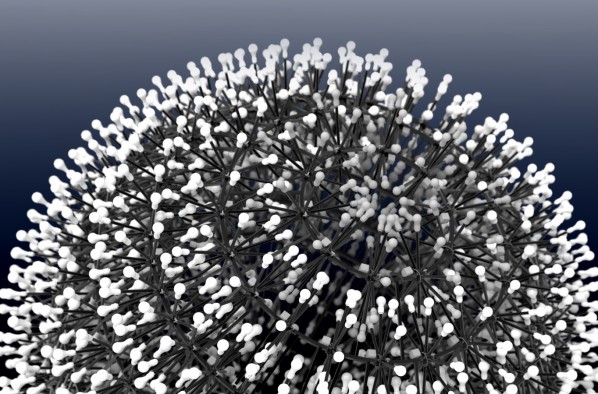
Singularity 2015, Kinetic installation, 400cm (diameter)
Among the over thirty artworks that trace his creative trajectory since 2007, a new series under the auspices of “WANG Yuyang#” takes center stage with incarnations in sculpture, painting and performance. “WANG Yuyang#” radicalizes the work already begun in his 2013 solo exhibition “Liner” which employed computer programs to alternately render artworks through an aleatoric selection of literary texts and to reconstruct meanings and visual forms from the artist’s chance drawings of 0s and 1s. “WANG Yuyang #”is a much more sophisticated software suite conceived of as the artist’s equal, a technical invention that is capable of an “autonomous taking-effect of futurity” (Brian Massumi), which has effaced the artist per se in the conception of artworks. In Quarterly, Preferable andgenerated performances, “WANG Yuyang#”has constructed a paradigm by which intelligence and creativity are no longer a human privilege, breaching the anthropocentric taxonomy of the chain of command.
In reversing a typical creative operation from the human artist to the subservient tool-being of media, Wang Yuyang provides a wealth of stunningly novel approaches to sculpture, painting and performance. In addition, he forces the viewer to think anew about a world in which the perception of the real can no longer be reduced to that of human consciousness alone, a reality wherein the production of knowledge becomes a reciprocal conviviality between the subject and the object. With technogenesis on the horizon, originality carves out a new crescent of the mythology of truth.
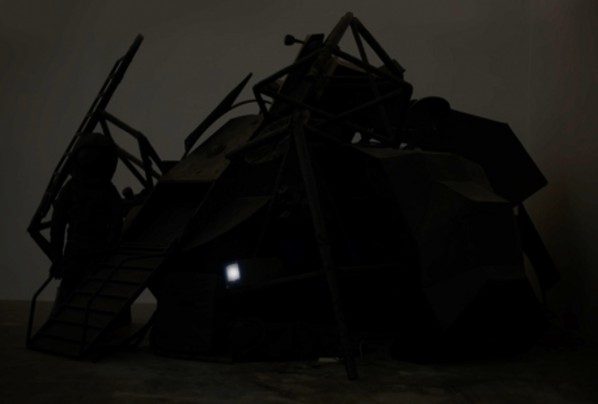
Tonight I Shall Meditate Upon That Which I Am 2009, Installation, Metal frame, Wood boards, Monitors, 500cm (l) x 500cm (w) x 220cm (h)
Wang Yuyang’s inquiry begins with his skepticism of the given notion of the real, the obvious, the commonsense or the standard. If the simulacral staging of Moon Landing Program (2007) contests the veracity of officially sanctioned history or myth, then subsequent works explore the genesis of media objects in order to establish a personal account of truth. Handmade paper and obsolete tape cassettes, writing and speech -- the two fundamental modes of archiving human memory -- were the subjects of his investigation. In the monumental The Narrative of a Stack of Things (2013) and Speak (2010), the artist uses memory-inscribing objects that double both as truth bearers (of recording history) and as self-annunciating objects reclaiming their own birthright. In this reciprocal remembrance, a reconciliation of media and the mediated takes place; meaning is created beyond the meaning of the media in recounting the genealogy of the medium itself.
For Wang Yuyang, light is at once a danger and a saving grace as evidenced by the formidable brilliance of Artificial Moon (2007) made from 10,000 energy-saving bulbs, the vorticular radiation and movements in Singularity (2015), and the transient elegance of Sunrise (2015), a solitary, elongated LED light tube that is repeatedly hurled ten meters high then falls down to the ground. In Let There Be Light,transcoding once more takes on another potential as a passage toward technogenesis and autopoiesis.
In 2006 Wang Yuyang began to build objects that “breathe.” Mundane objects such as a TV set, an old-fashioned handheld telephone, an ATM cashier, or even an entire automobile, pulsate and vibrate almost imperceptibly, resembling organisms inhaling and exhaling. The persuasiveness of these meticulously crafted objects and the immersiveness of their deployment, in which more and more objects appear to come to life, substantiate Wang Yuyang's imaginary world -- a reality that he creates and proclaims as having its own truth value.
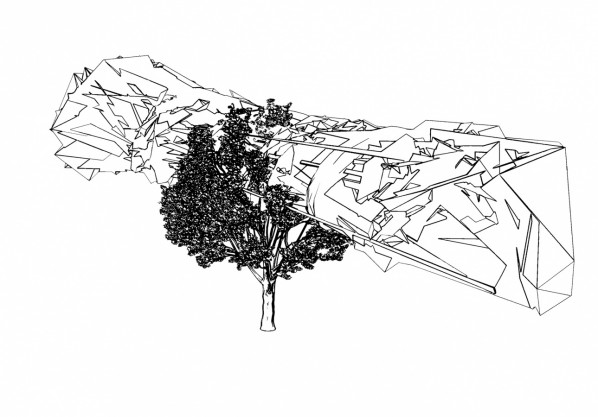
Tonight I Shall Meditate Upon That Which I Am 2009, Installation, Metal frame, Wood boards, Monitors, 500cm (l) x 500cm (w) x 220cm (h) 02
Wang Yuyang’s work is as much an intellectual pursuit of the real as an investigation of material potentials through which the real may manifest itself. His work intuits the emerging dynamics in the making of reality in which humans and things form “networks or assemblages across which agency and even consciousness may be distributed” (David Joselit and Hal Foster). It unveils the animate materiality of the thingness as the inkling of interobjectivity.
If Gabriel Orozco’s visual heterogeneity is necessitated by the signifying urgency of the ‘90s; and if Matthew Day Jackson’s grand mythos intensified by the technologically induced American odyssey demands an expressive mélange that is the bombastic signpost of the early millennium, then Wang Yuyang’s polyphony signals a multiplicity inherent in the inner logic of the digital as an universal and generic media devoid of culturally explicit identity, viscously fluid, intensely malleable, and infinitely generative, always inscrutably changing and evolving (i.e. what Gilbert Simondon calls a state of metastability and pre-individuation replete with potentiality). Or else, if Marina Abramovic’s “Artist is Present” at the Museum of Modern Art was an ultimate triumph of human ego, the grandiosity might have already presaged the melting away of the specter, calling into question what art can do after we have worn out our psychic pathos. Perhaps It is a fitting moment in which Wang Yuyang’s determined absence of the artist facilitates a meditation upon “that which” as the potentially new “I,” reconciling the intractable feud between humanist and posthumanists. His work escapes the “art as” regime of representation and its semiotic hegemony, redirecting towards the immanence of “art is” through its self-proclaiming autopoiesis, charting a new pathway from the postmodern to the posthuman and reasserting that the ontology of the latter is equality between all things human and nonhuman.
About the artist

Wang Yuyang was born in 1979. He studied at the China Central Academy of Drama and the Central Academy of Fine Arts. He has taught at the School of Experiment Art at the Central Academy of Fine Arts since 2008 and lives and works in Beijing. Wang Yuyang creates works using emergent media but does not deliberately emphasize the novelty of technology. He is more interested in the artistry brought about by “outdated” technology, “destructive” aesthetics and material waste. His work has employed all possible media. He uses humor, fiction and spectacles to explore and reflect upon the relationship between the human body, experience and cognition. At the same time he also investigates the relationship between artificial reality, media technology and historical perception. His work has been shown in major exhibitions and art festivals in China, Europe and the United States.
About the curator
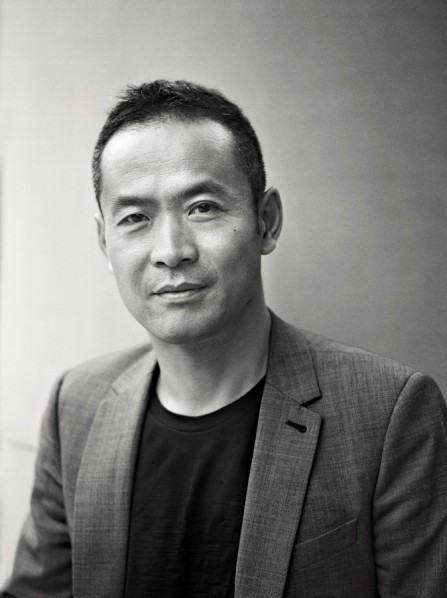
Zhang Ga is a media art curator and Professor at the Academy of Arts and Design, Tsinghua University, Beijing. Among his many large-scale curatorial works, he was artistic director / curator of SyntheticTimes (2008), Translife(2011) and thingworld(2014),three editions of theinternational triennial of new media art organized by the National Art Museum of China (NAMOC). He has spoken widely on media art around the world and published essays and edited books for the MIT Press, Liverpool University Press and Tsinghua University Press. Since 2015, he has overseen the artistic direction of the Chronus Art Center in Shanghai.
About the exhibition
Curator: Zhang Ga
Dates: Aug 9, 2015 — Sep 16, 2015
Organizer: Long Museum
Venue: Gallery 1,2 & Corridor, Long Museum West Bund
Courtesy of the artist and Long Museum, for further information please visit http://thelongmuseum.org.


